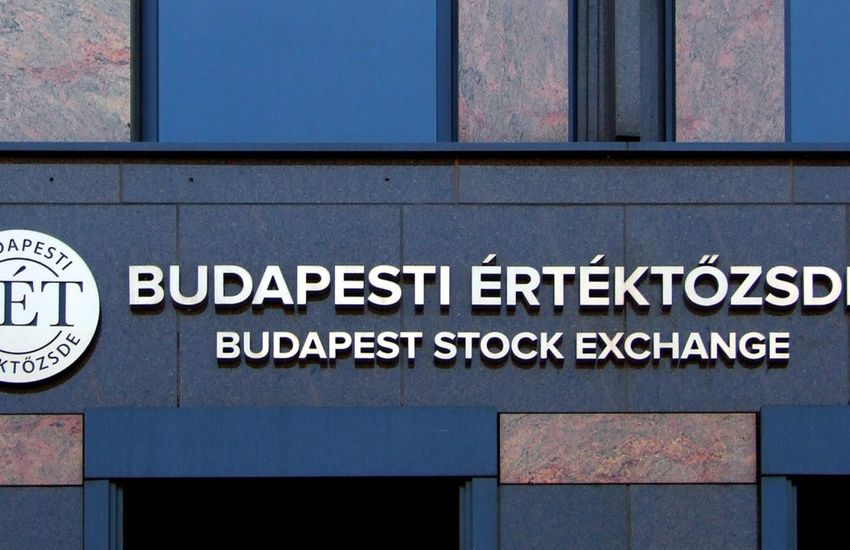The milestone level represents a fifty-fold increase over the three decades since its inception, which is a very respectable performance in the long run.
On the last two trading days of the week, the main index of the Budapest Stock Exchange (BSE), the BUX, exceeded fifty thousand points, and on Friday it closed the day above a record level. With such round numbers, it is worth evaluating the performance of the stock market, which has now developed very nicely both over the past year and over a longer period of time.
When a stock market index rises to a historic high, it is always very good news both for the investors and usually for the economy behind it, as such an event is unlikely to occur if listed companies and the economy in general are not performing well. Now, based on the quarterly reports so far, it can be seen that the listed companies have performed well.
The index was below 30,000 points last spring, at the time of the global stock market crash that erupted at the start of the epidemic, but after a few months of sideways trading, it began to rise sharply from autumn. Although the pace of this rise began to slow at the beginning of the year, the index recently crossed the previous peak of 46,000 points and has now reached the round number of 50,000.
The nation’s top three leading stocks play a role in the current rise: Hungarian oil and gas group MOL rose to an all-time high a year and a half ago, and OTP Bank reached a historic high a few weeks ago, while Richter jumped in recent days as a result of good quarterly results, and earlier this year it reached its historic peak.
The favorable stock market process is not just happening here: U.S. indices have hit repeated new highs for a year, largely due to the huge amount of money that the Fed, acting as the U.S. central bank, has put on the market through the asset purchase program. This year, European markets also joined the process: among the most important markets, the benchmark indices of the German and French stock exchanges reached their all-time highs.
The performance of the BUX is impressive over the long run: its initial value was a thousand points half a year after the opening of the stock exchange in 1990. After that, there was a period when the index was lower, around eight hundred points, and then in 1996 an extremely steep rise began, when the stock exchanges of the countries of the former Eastern Bloc were picked up by international investors. After that, of course, there were also big booms and big setbacks, as is natural on the stock exchanges: the ten thousand-point level was reached at the turn of the millennium. In 2007, the BUX was already at thirty thousand points, and then fell to a third during the 2008 world crisis.
In the ensuing upward trend that continues to this day, there were only brief declines and stagnations, and from 2016 onwards, stock prices began to soar. The long-term performance has been very good: in thirty years, it has increased fifty times. The BSE can thus clearly look back on a successful three decades, while the performance of companies shows that they have managed to leave the effects of the epidemic completely behind.
The original Hungarian Stock Exchange was established in 1864 in the building of the Lloyd Insurance Company. After the end of communism, the Budapest Stock Exchange came into being in the summer of 1990, with a single listed company at the time.





